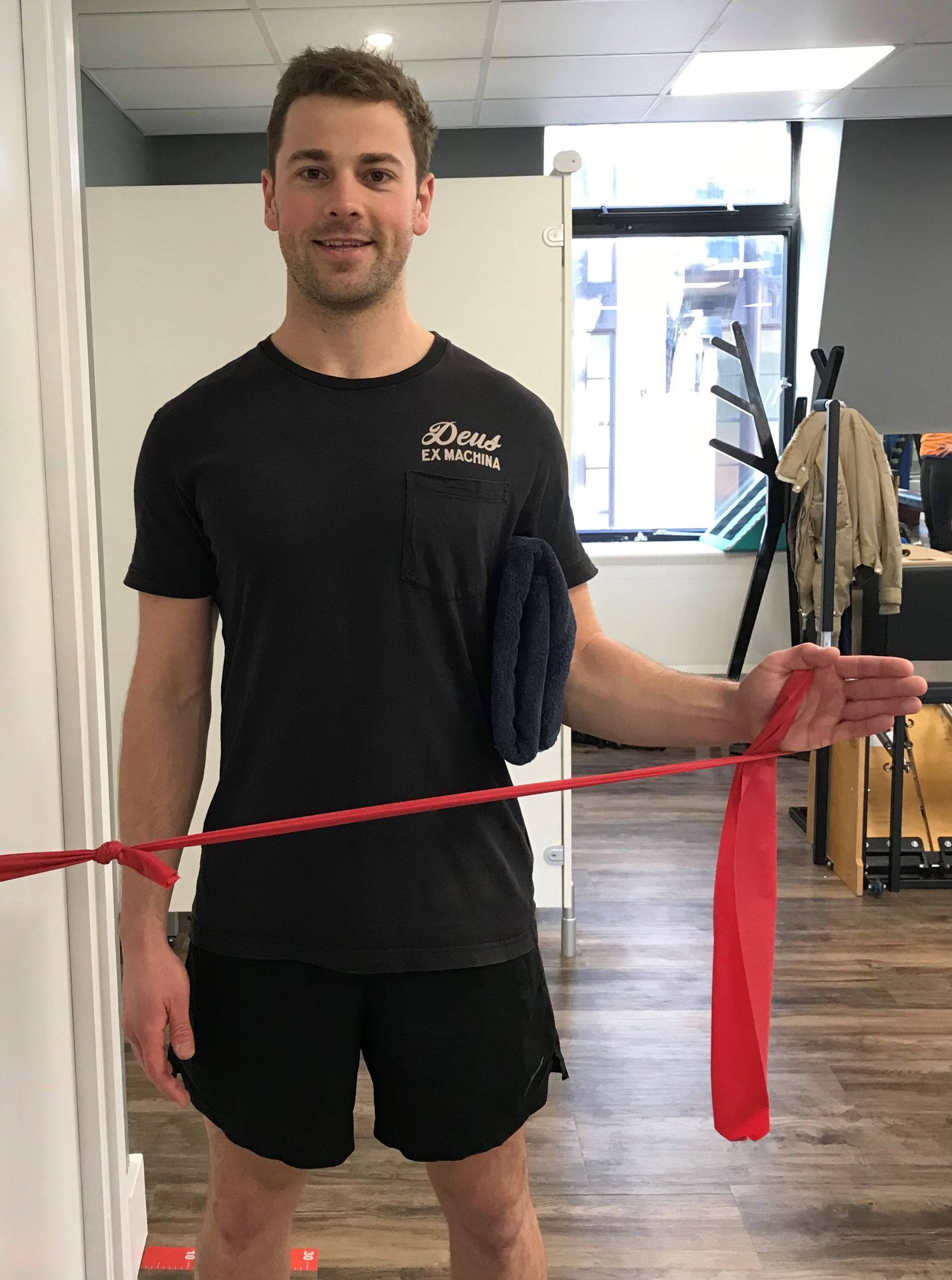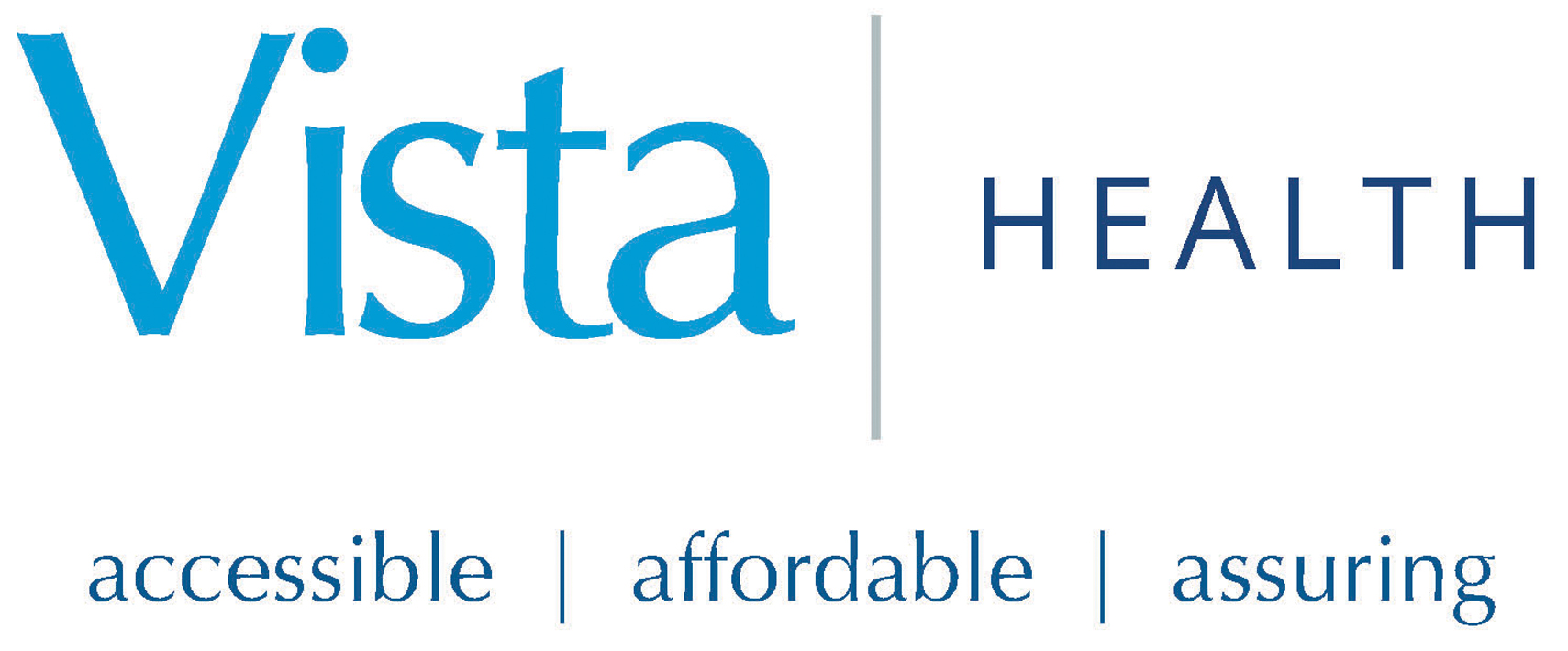Subacromial Pain Syndrome
A couple of months into the new year and you’re feeling good, attending as many gym classes as you can manage and finally making some progress, when you start to notice a niggle in your shoulder. At first you don’t think much of it, it must just be a bit of fatigue after increasing the weights for your overhead shoulder press. Then the next week you notice a pinch in the shoulder as you push off the ground while doing a set of burpees, and almost any time you raise your arm above your head. Finally, it’s time for bed and that well deserved rest but your shoulder lets you know that this won’t be possible, or at least not while sleeping that side. This is when it hits you, something is not quite right!
This is a very common presentation that I see all too often working as a musculoskeletal physiotherapist. It is defined as subacromial pain syndrome, which is a term that refers to non-traumatic, usually unilateral, shoulder problems that cause pain around the acromion (the bony tip of the shoulder). The symptoms are often worse when lifting the arm overhead, or when lying on that side, particularly at night. Like many other musculoskeletal injuries, the incidence of subacromial pain syndrome increases with age and becomes more prevalent in people over 40 years of age. Patients will often report that the pain has gradually come on without any specific incident and progressively worsened with time.
Subacromial pain syndrome is a broad term that encapsulates any structure within the subacromial space that is generating pain. Therefore, it includes a lot of the common diagnosis that we regularly hear; subacromial bursitis, rotator cuff tendinopathy, capsular calcification, biceps tendinopathy or rotator cuff tendon degeneration. It is a more accurate way of describing subacromial shoulder pain as we know that these pathologies often present together in a cluster and we can’t identify what is the main driver of pain.
So why are so many structures in my shoulder becoming aggravated?
The proposed cause of subacromial pain is repeated compression of the structures within the subacromial space, this is the gap between the bony tip of the shoulder and the head of the humerus. There are two main factors that can reduce this space including structural changes, which are acquired over time or congenital, such as bony narrowing, osteophyte formation e.g. bones spurs, and the shape of the acromion. The second being abnormal scapulothoracic kinematics, which refers to the movement of the shoulder blade and is often explained to patients by stating they have an unfavourable posture, (think stooped rounded shoulders).
What can I do about it?
The good news is there are multiple ways to reduce subacromial shoulder pain! Current evidence suggests that conservative treatment should be the first step, and is recommended for one year prior to considering other more invasive surgical alternatives.
Conservative treatment consists of:
- avoiding aggravating activities, particularly overhead movement
- relative rest
- physical therapy
- NSAID’s
- Cortisone injection, only advisable when it is clear that the main pathology is not within a tendon as this can delay healing time frames.
What will my physiotherapist do?
As a physiotherapist we are concerned with the movement of your scapula and the strength of the muscles around the glenohumeral joint. We will perform a number of assessments which will guide the most effective rehabilitation exercises and achieve the most significant reduction in symptoms, in turn improving the function of your shoulder.
One of the most common terms I hear from patients is “I know have terrible posture, I need to pull my shoulders down and back”. To some degree this is correct, however we often find that the scapula is resting in a depressed position and needs to be raised up and back which in turn helps increase the subacromial space. To see if this is the correct treatment pathway your physio may use tape to re-position the shoulder, and re assess some previously aggravating movements. Taping can be a great way to provide short term symptom relief, along with some manual therapy to manipulate the shoulder into a more comfortable position.
Most importantly a physiotherapist will look at changing the cause and preventing the issue from recurring in the future, this is where the next few simple exercises can come in handy.
Exercises
Shrugs
It is a common misconception that shrugs will cause tension and pain in the neck and shoulder. The ache that is often felt along the top of the shoulder is actually the fatigue of a muscle that is deconditioned and working in a lengthened position. Performing shrugs will not only help raise the shoulder blade into a more functional position but often reduces the recurring tension and tightness that is felt in the neck.
- Start by standing in a relaxed posture with hands slightly away from your body
- Stand tall, and lengthen through the back of the neck
- Draw the tip of your shoulder towards your ear whilst keeping arms straight
- As you perform the movement ensure you do not let your head poke forwards
- Slowly lower shoulders and repeat
I recommend performing 4 sets of 6-8 reps beginning with a weight of 2-3 kg. Ideally perform this every other day and each week increase the weight by 1kg.


Step 1 Step 2
External Rotation for rotator cuff activation
A very common exercise and very effective for early activation of the rotator cuff. Starting in this position is often the most comfortable, and easy to replicate at home.
- Standing side on to the band
- Set your shoulder blades, elbow slightly away from your body
- Pull the band away from the body by rotating the arm
- Ensure the shoulder and elbow joints do not move from their position, gently squeezing a towel is a good way to ensure the arm remains stable
- Perform slowly, preferably using a mirror to check your position.
I recommend performing 3 sets between 8-12 reps, every other day. We are happy to work into a low level of discomfort no greater than a 3/10 pain level. If pain persists we can reduce the exercise to a static hold and gradually build up a tolerance to load.


Step 1 Step 2
If this presentation resonates with you, be sure to get in touch with your local physiotherapist and start the journey towards a pain free and fully functional shoulder!
By Henry Schilling
Musculoskeletal Physiotherapist, Six Physio Kensington
